
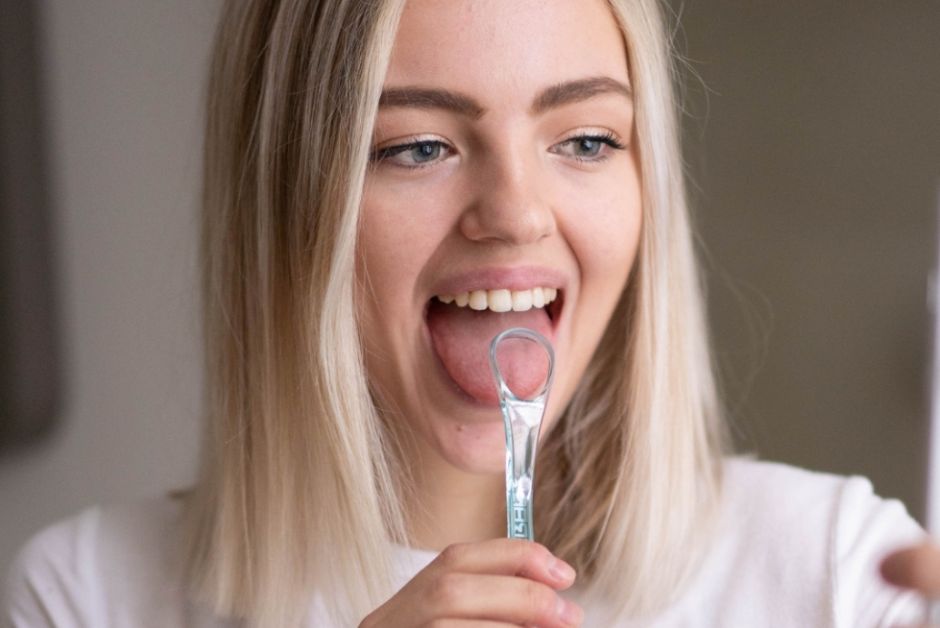
Using a tongue scraper is a simple yet highly effective addition to your daily oral hygiene routine.
While brushing and flossing are commonly emphasised for maintaining a healthy mouth, the practice of tongue scraping is often overlooked, despite its significant benefits.
Not only does this help in combating bad breath, but it also enhances taste perception, reduces harmful bacteria, and supports overall oral health.
Incorporating a tongue scraper into your routine is an easy and affordable way to boost your oral hygiene and promote a fresher, cleaner mouth.
A tongue scraper is a tool specifically designed to clean the surface of the tongue by removing bacteria, food particles, dead cells, and other debris that can accumulate there.
It typically consists of a long, flat, and flexible piece of metal or plastic with a slightly curved or rounded edge that is gently drawn across the tongue.
The shape of a tongue scraper is generally U-shaped or straight with a rounded edge to fit the contours of the tongue. This design helps ensure even coverage and effective removal of build-up.
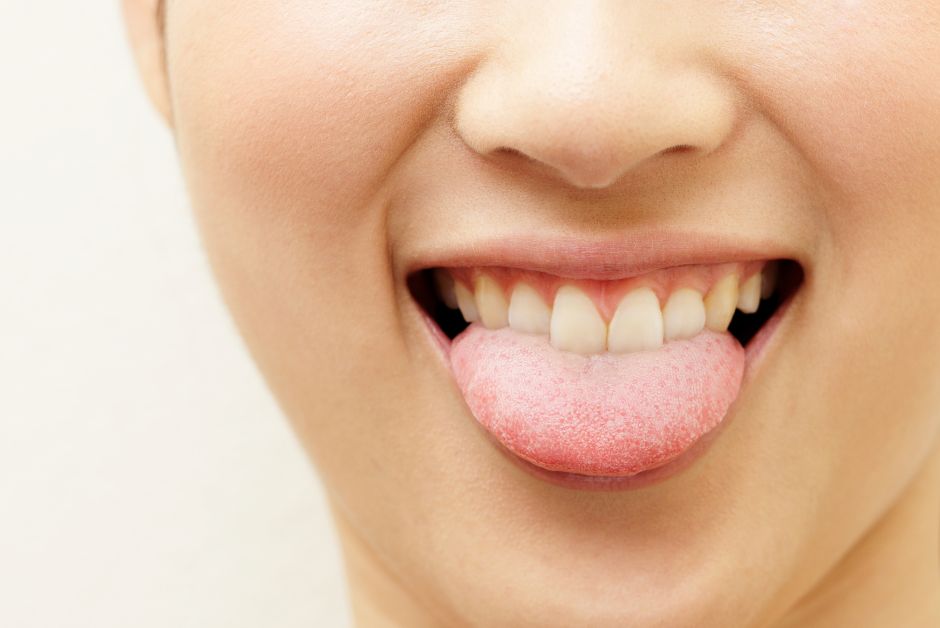
Using a tongue scraper offers several benefits for oral hygiene and overall health. Here are some key advantages:
Tongue scrapers are an effective tool for enhancing oral cleanliness, improving breath freshness, and supporting overall oral health.
Here’s how to properly use a tongue scraper:
Step 1: Choose the Right Tongue Scraper
Tongue scrapers come in different shapes and materials, such as plastic or metal. Choose a scraper that feels comfortable and suits your preference. Metal scrapers are durable and easy to clean, while plastic scrapers are softer and more flexible, ideal for beginners.
Step 2: Extend Your Tongue
Stand in front of a mirror and stick your tongue out as far as possible. This gives you a clear view and helps you cover the entire surface of your tongue.
Step 3: Place the Scraper at the Back of the Tongue
Gently place the tongue scraper at the back of your tongue. If you’re new to tongue scraping, start in the middle of the tongue to avoid triggering a gag reflex, and gradually work your way further back as you become more comfortable.
Step 4: Scrape Forward
With gentle pressure, pull the scraper from the back of your tongue to the tip in one smooth motion. Be careful not to press too hard. Light to moderate pressure is sufficient to remove debris without damaging the tongue.
Step 5: Rinse and Repeat
After each scrape, rinse the scraper under warm water to remove any build-up. Repeat the process 3–5 times or until your tongue looks clean and free of residue.
By following these simple steps, tongue scraping can be a quick yet effective addition to your oral care regimen, contributing to a cleaner mouth and fresher breath.

Once you’ve finished scaping your tongue, thoroughly clean your scraper with warm water and soap, or according to the manufacturer’s instructions.
Regular cleaning ensures it stays hygienic for future use.
Incorporate tongue scraping into your oral care routine twice a day – once in the morning and once before bed. This routine helps keep your mouth fresh and reduces the buildup of bacteria that can cause bad breath and other issues.
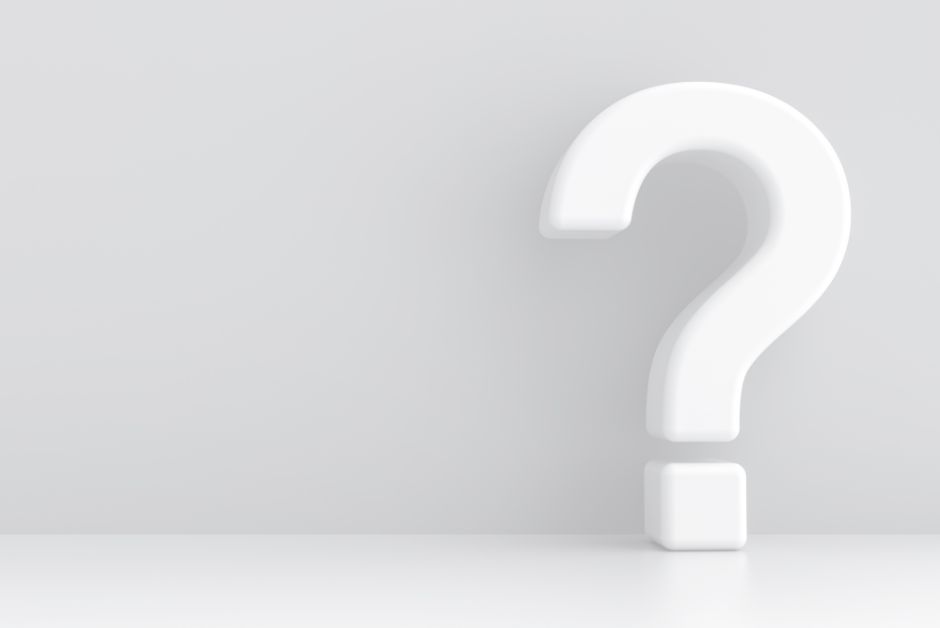
Tongue scraping is a simple and effective oral hygiene practice, but several misconceptions surround its use. Here are some common misconceptions:
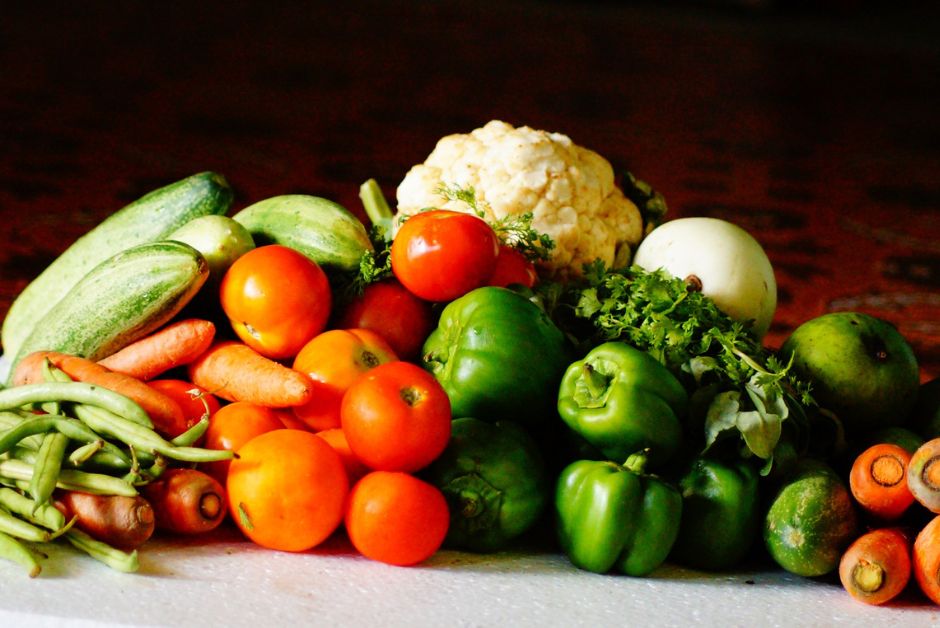
There are several home remedies that can help you keep your tongue clean and fresh without the need for specialised products. Here are some simple, effective methods:
Eat Hard and Crunchy Foods
A simple way to clean your tongue comes from the foods you eat. Crunchy items like apples, raw carrots, and hard bread crusts naturally help scrub away the build-up on your tongue. This scraping action removes bacteria and debris, leaving your tongue feeling fresher. Studies show that people who mostly eat soft, cooked foods tend to have more coating on their tongues than those who regularly include raw, crunchy foods in their diet. So, when it’s snack time, consider reaching for crisp vegetables.
Drink Lots of Tea and Water
Staying hydrated is essential for keeping your tongue clean. Those who drink plenty of fluids, especially water and unsweetened teas, typically have less buildup on their tongues and are less likely to suffer from dry mouth, both of which can lead to bad breath. Try to drink at least two litres of water daily to keep your mouth moist and your tongue fresh.
When it comes to tea, both sage and black tea offer disinfecting benefits that can help cleanse your tongue. However, be mindful of black tea, as frequent consumption can stain your teeth, much like coffee and red wine.
Chew Gum
Saliva acts as a natural cleanser for your mouth, helping to wash away bacteria and food particles from the tongue. Chewing sugar-free gum, especially those with xylitol, boosts saliva flow while also protecting your teeth from cavities. Carrying sugar-free gum with you can freshen your breath and contribute to a cleaner tongue throughout the day.

If you don’t have a dedicated toothbrush or tongue scraper available but still want to remove the coating from your tongue, you can use a spoon as a last resort.
Just be sure to choose a spoon with rounded edges to avoid accidentally injuring your tongue while scraping.
Incorporating a tongue scraper into your daily oral hygiene routine offers numerous benefits that go beyond just freshening your breath.
By effectively removing bacteria, food particles, and dead cells from the surface of the tongue, tongue scraping enhances taste perception, supports overall oral health, and even contributes to better digestive health.
While it should complement brushing and flossing rather than replace them, tongue scraping is a simple, cost-effective practice that can significantly improve your oral hygiene and leave you feeling fresher throughout the day.
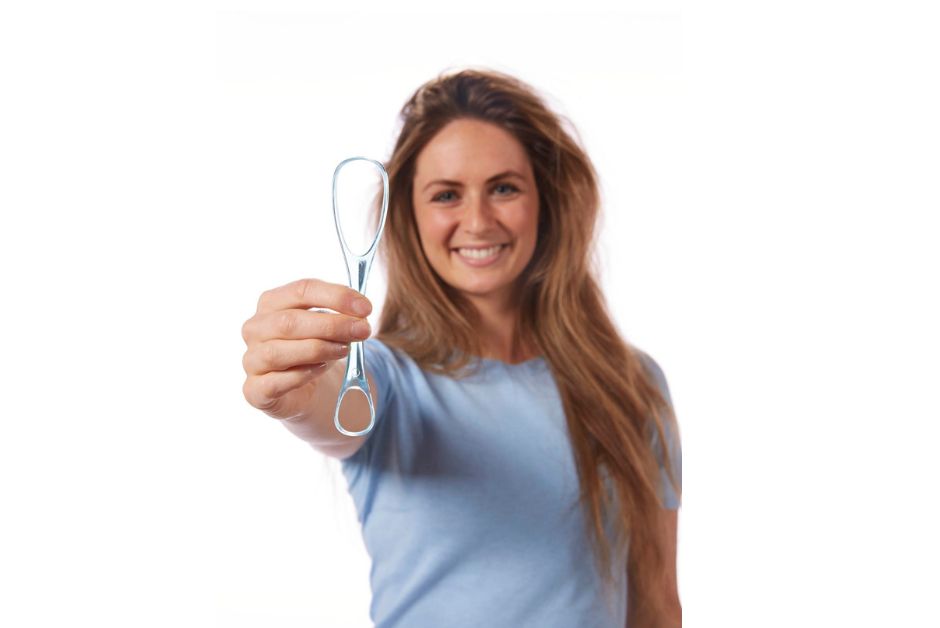
The blue®m Tongue Scraper is the perfect way to ensure you optimise your oral hygiene.
The blue®m Tongue Scraper is a precise tool designed to enhance your oral care routine. It effectively removes bacteria from your tongue that can lead to bad breath and helps improve the functionality of your taste buds.
Pair your tongue scraper with our innovative oxygen-enriched range to experience a complete feeling of oral freshness.
With its revolutionary, oxygen-enriched formula, blue®m allows you to dramatically improve your oral health routine with high-quality oral care products.
Sold in more than 30 countries worldwide, our oral care products are specifically developed to prevent and treat oral problems such as inflamed gums, periodontitis and peri-implantitis.
View our complete product range here.
Remember; healthy mouth, healthy body.
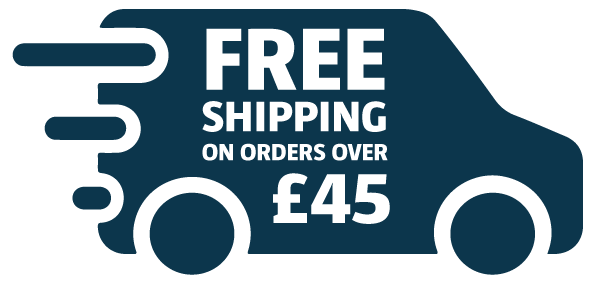
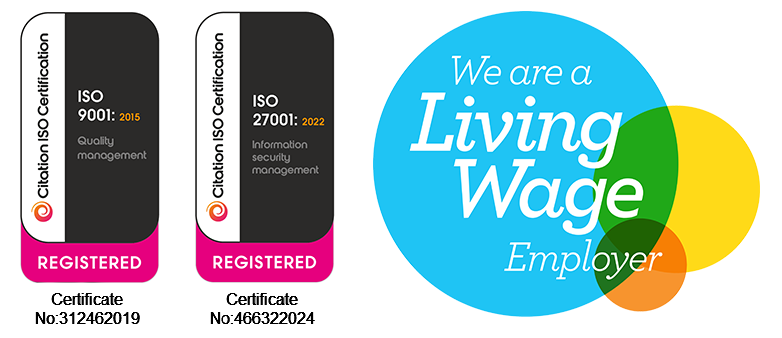
All orders are handled and dispatched by Swallow Dental Supplies Ltd.
